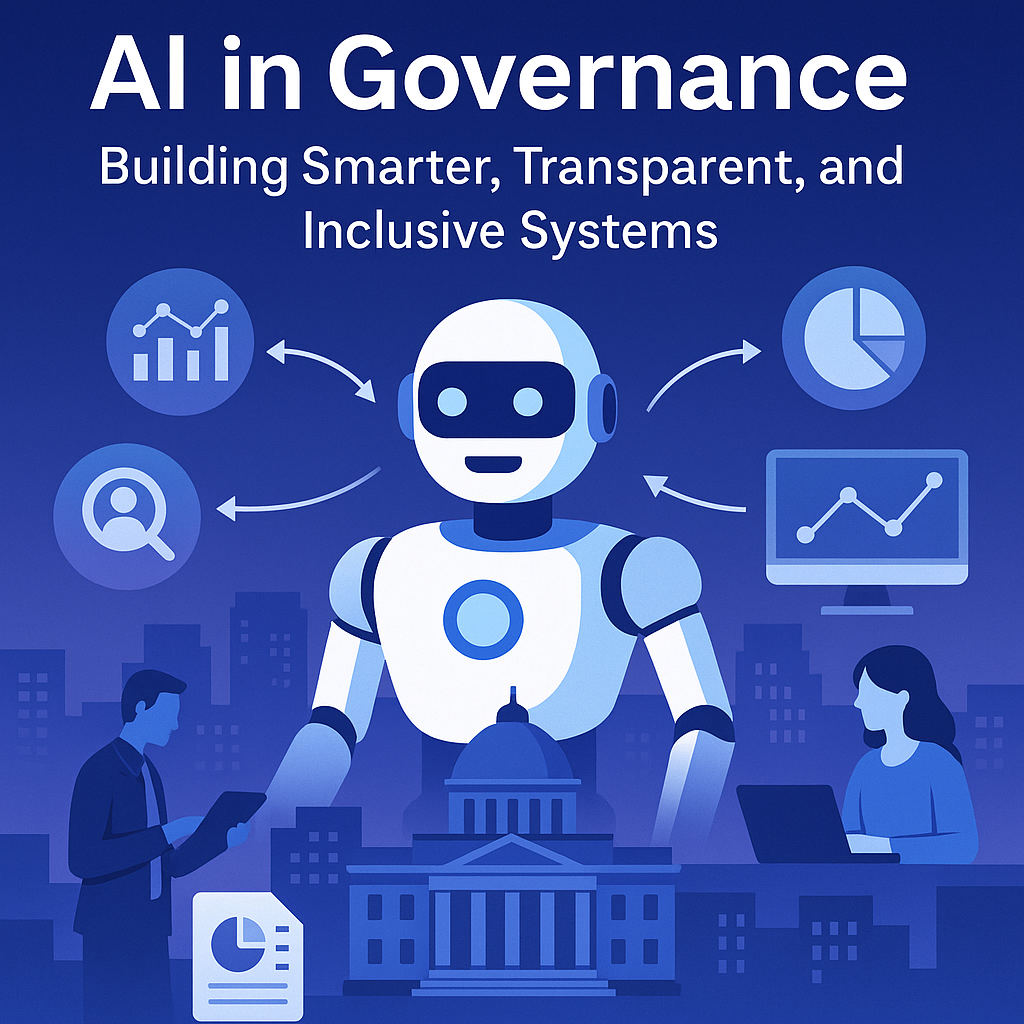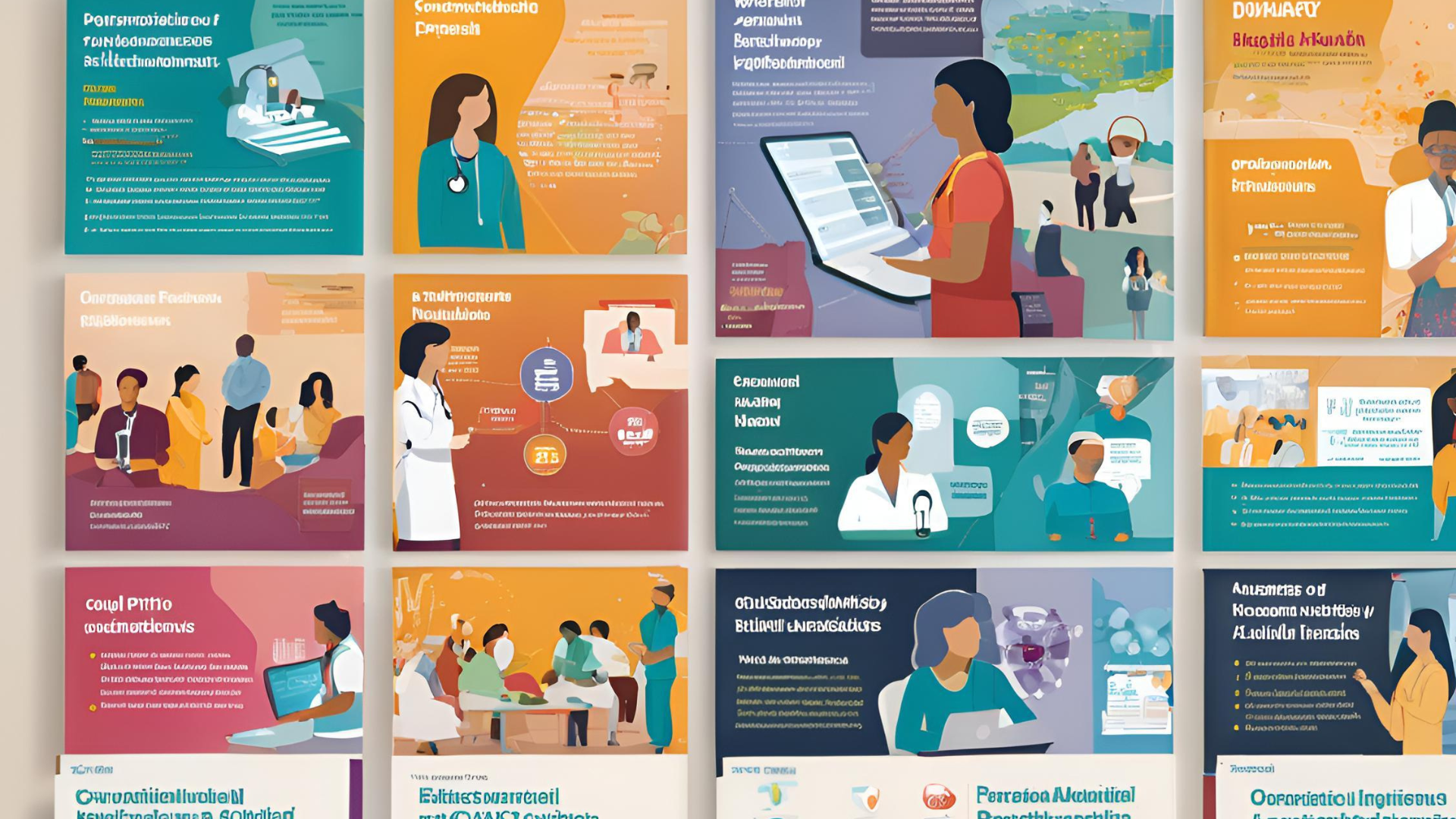Artificial Intelligence (AI) is no longer confined to research labs...
View Details
- 27
- Aug
With extensive experience in executing large-scale government projects and a strong belief in innovation,
We have positioned ourselves as a top-tier consultancy firm
As a team, we take pride in our ability to merge technical expertise with strategic insights, enabling organizations to overcome challenges and achieve sustainable growth. From deploying cutting-edge ICT systems to designing AI-driven platforms, we are committed to delivering solutions that empower our clients and transform lives.
Our journey is guided by a simple principle: progress through innovation. Whether collaborating with governments, NGOs, or private enterprises, we strive to exceed expectations and create lasting value. Together, let us build a future that is smarter, more connected, and truly transformative.
Innovating Solutions, Empowering Progress
Driving change through impactful projects that redefine innovation and deliver real-world solutions.
Stay Updated with the Latest Insights and Developments Across Industries!

Artificial Intelligence (AI) is no longer confined to research labs...
View Details
The Sustainable Development Goals (SDGs), set forth by the United...
View Details
Artificial Intelligence (AI) is transforming the landscape of public health,...
View Details